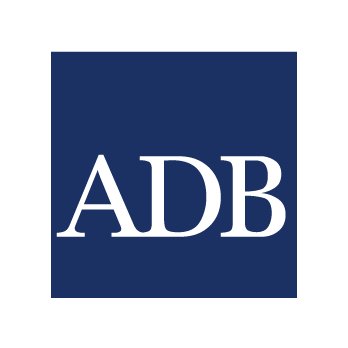ADB to Help Improve Living Environment of Miluo River in Hunan, PRC
The Asian Development Bank (ADB) has approved a $150 million loan to improve the rural living environment of the Miluo River in Pingjiang County in Hunan, the People’s Republic of China (PRC), as part of the rural vitalization and ecological protection of the Yangtze River Economic Belt (YREB).
“The Hunan Miluo River Disaster Risk Management and Comprehensive Environment Improvement Project aims to strengthen water-related disaster risk management in one of the PRC’s most poverty-stricken counties,” said ADB Senior Water Resources Specialist Au Shion Yee. “The project’s innovative design incorporating nature-based solutions aimed at addressing climate change and ecological pressures can be replicated in the rest of the YREB, other parts of the PRC, and indeed be held as a model for other developing member countries facing similar challenges”.
Extending across nine provinces and two specially administered cities, the YREB accounts for 40% of the PRC’s population, 40% of its freshwater resources, and about 45% of the country’s economic output. It has been earmarked as one of the three growth engines for the PRC’s future economic development.
At its confluence with Dongting Lake, the Miluo River forms an important wetland protection area and flood basin in the middle reaches of the Yangtze River system. The river also serves as the main source of drinking water for Pingjiang County.
Declining water quality in the river is increasing the public health risks, while about half of all rural villages lack household sewage or wastewater treatment facilities. Farming practices are unsustainable and farm waste management systems inadequate. These, coupled with inadequate management of solid waste, including plastic waste, have a significant negative impact on the rural living environment. The river itself is also subject to recurrent flooding, causing extreme damage to the economy, environment, and posing a serious risk to people’s lives and livelihoods.
The project will construct a drinking water supply plant to supply safe drinking water to 107 villages in 14 towns. It will establish wastewater treatment services for rural households in 21 villages in 12 towns, and public facilities in 136 schools and 26 health clinics. The project will also facilitate upgrade of rural toilets for about 59,732 households in 464 villages in 24 towns by connecting them to wastewater collection systems. Overall the project will benefit more than 523,000 residents in 25 project towns and subdistricts across Pingjiang County.
To mitigate the potential impact of flooding, the project will build using nature-based approaches. About 39 kilometers of ecological embankments and/or riverbank reinforcements in 12 towns along the Miluo River will be constructed, and nature-based buffers along riverbanks to prevent water and soil losses will be established. Restoration work in the Huangjin River National Wetland Park will enhance both biodiversity conservation and flood storage capacity. An early warning system will also be established to improve preparedness for water-related disasters and reduce the impacts of flood events.
To promote sustainable livestock waste management, the project will demonstrate circular agricultural practices in the management of livestock waste and produce organic fertilizer to reduce greenhouse gas emissions and enhance soil fertility. The project is also one of the first to pilot innovative green procurement practices and raise environmental awareness through leveraging youth engagement in schools under the project’s activities.
The total project cost is $353.56 million. The project leverages $70.93 million in cofinancing from German development cooperation through KfW and $132.63 million in counterpart financing from the Pingjiang County Government. The expected completion date is the end of May 2027.
ADB is committed to achieving a prosperous, inclusive, resilient, and sustainable Asia and the Pacific, while sustaining its efforts to eradicate extreme poverty. Established in 1966, it is owned by 68 members—49 from the region.

